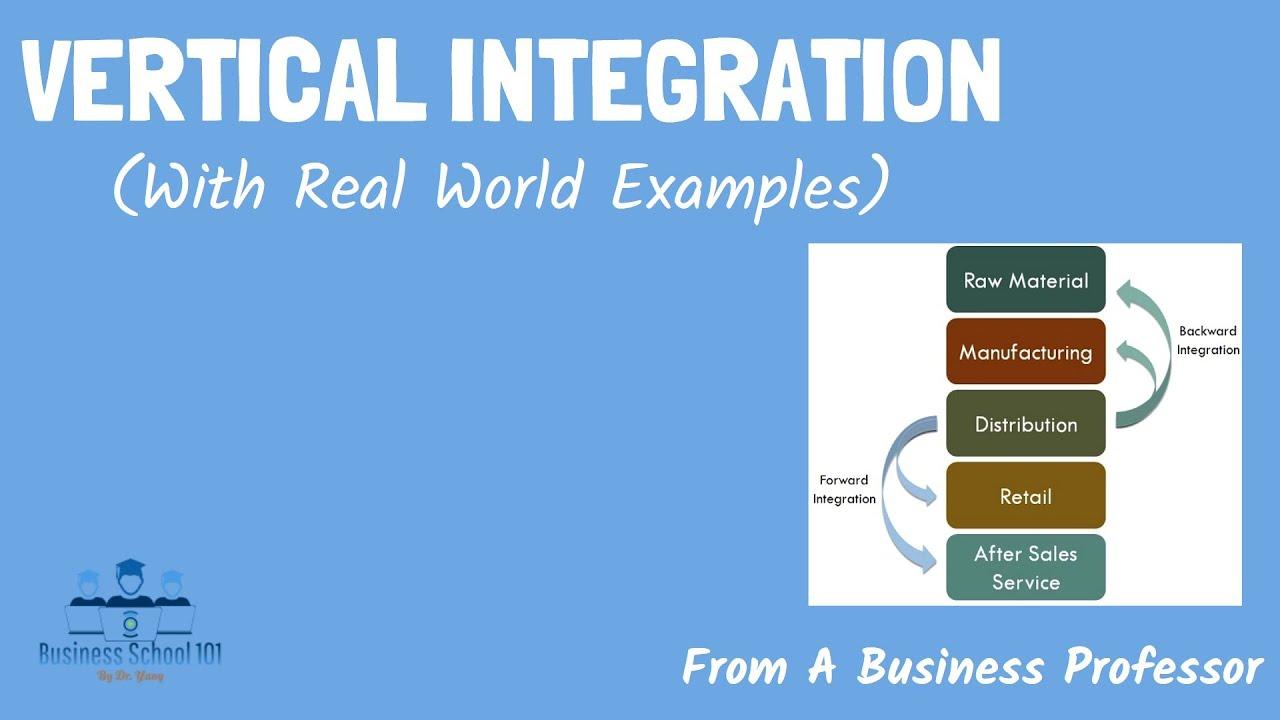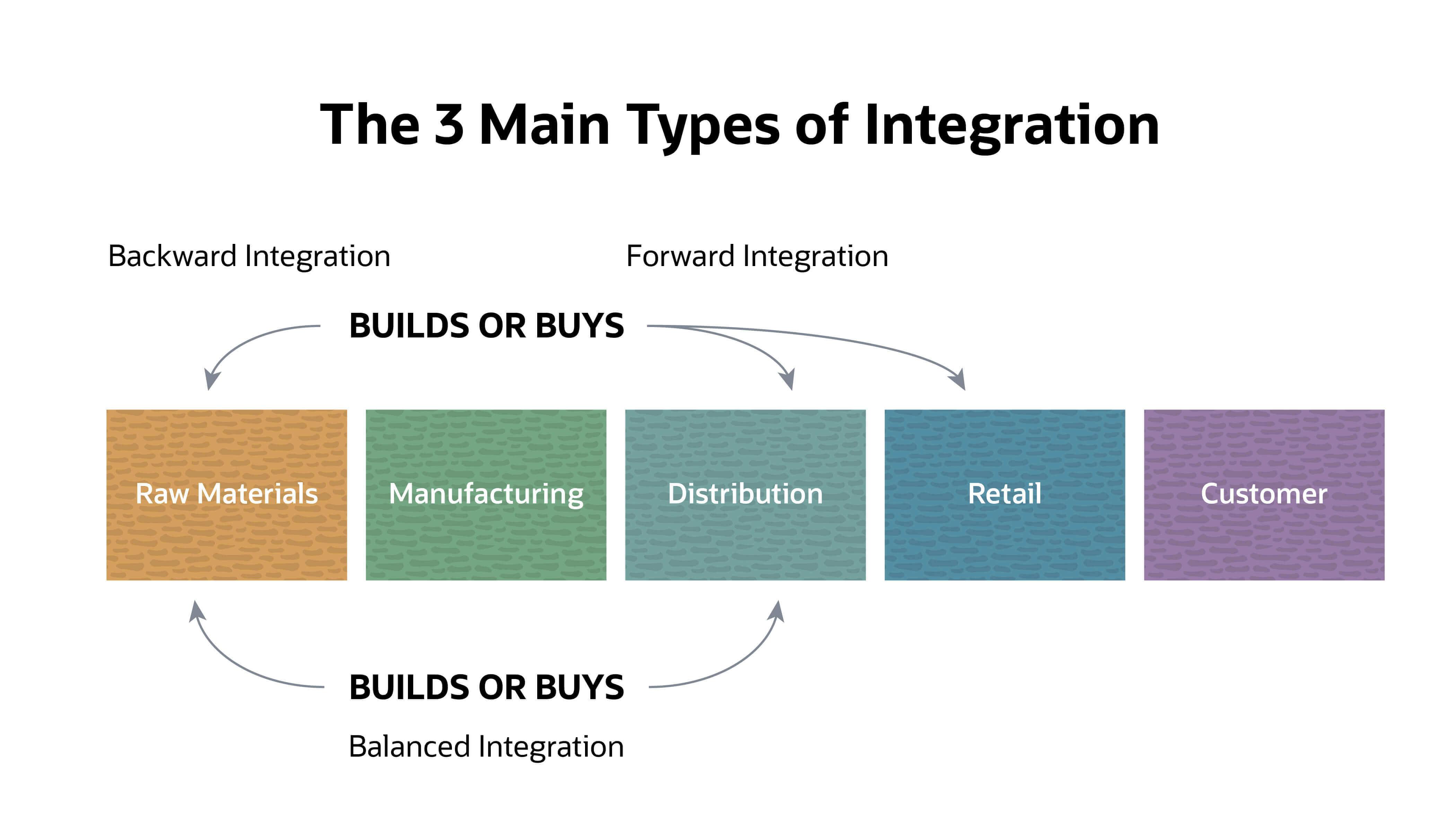In the ever-evolving world of logistics, transportation, and shipping, one concept reigns supreme: vertical integration. This strategic approach involves bringing together various stages of the supply chain under one roof, creating a seamless and efficient operation from start to finish. Join us as we delve into the world of vertical integration in the logistics industry and explore how this method is revolutionizing the way goods are transported and delivered.
Understanding Vertical Integration in the Logistics Industry
In the world of logistics, vertical integration plays a vital role in streamlining operations and optimizing efficiency. This strategic approach involves a company controlling multiple stages of the supply chain process, from production to distribution. By owning various aspects of the supply chain, companies can reduce costs, improve coordination, and enhance overall performance.
Transportation and shipping companies often utilize vertical integration to maintain control over key elements of their operations. By owning trucks, ships, warehouses, and distribution centers, these companies can ensure seamless coordination and timely deliveries. This level of control allows for greater flexibility in adapting to market changes and customer demands, ultimately leading to a competitive edge in the industry.

Benefits of Vertical Integration in Transport Companies
Vertical integration in transport companies offers a range of benefits that can streamline operations, increase efficiency, and improve overall performance. By incorporating various aspects of the supply chain under one umbrella, companies can better control each stage of the transportation process.
Some of the key advantages of vertical integration in transport companies include:
- Cost savings: By owning and managing different components of the transport process, companies can reduce costs associated with outsourcing and coordination.
- Improved coordination: Vertical integration allows for better coordination between different segments of the supply chain, leading to smoother operations and faster delivery times.
- Enhanced control: Companies can have more control over quality, scheduling, and overall performance when they own and manage multiple aspects of the transportation process.

Challenges and Risks of Vertical Integration in Shipping Operations
Vertical integration in the shipping industry brings with it a multitude of challenges and risks that companies must navigate in order to succeed. One major challenge is the increased complexity of managing all aspects of the supply chain in-house, from logistics to transport to shipping. This requires a high level of coordination and communication between different departments, as well as the need for specialized expertise in each area.
Another risk of vertical integration in shipping operations is the potential for increased costs. By taking on all aspects of the supply chain, companies may find themselves investing in infrastructure, equipment, and technology that they may not have needed if they had outsourced certain services. Additionally, fluctuations in demand or market conditions can impact the profitability of the entire operation, putting added pressure on the company to perform efficiently and effectively.

Strategies for Successfully Implementing Vertical Integration in Logistics
Vertical integration in logistics involves the alignment and integration of different stages of the logistics process under one roof. This can include transport, warehousing, and shipping services all being managed within the same organization. To successfully implement vertical integration in logistics, it is important to strategize and plan effectively. Here are some key strategies to consider:
- Streamline Communication: Ensure clear and effective communication channels between different departments involved in the logistics process to avoid any delays or misunderstandings.
- Invest in Technology: Implementing the right technology solutions can help streamline operations, improve efficiency, and enhance visibility throughout the supply chain.
- Focus on Quality Control: Maintaining high-quality standards in all aspects of the logistics process is essential to ensure customer satisfaction and operational efficiency.
Insights and Conclusions
In conclusion, vertical integration in logistics, transport, and shipping is a strategic approach that offers businesses the opportunity to streamline operations, reduce costs, and enhance efficiency. By combining various aspects of the supply chain under one umbrella, companies can achieve greater control and coordination, ultimately leading to improved customer satisfaction and competitive advantage in the market. With the potential to revolutionize the way goods are transported and delivered, vertical integration is a concept that is worth exploring for businesses looking to stay ahead in the ever-evolving world of commerce. Whether it’s through internalizing services or forging strategic partnerships, the possibilities are endless for those willing to embrace this innovative approach. As the global economy continues to evolve, staying agile and adaptable is key, and vertical integration may just be the key to unlocking new opportunities for success.
